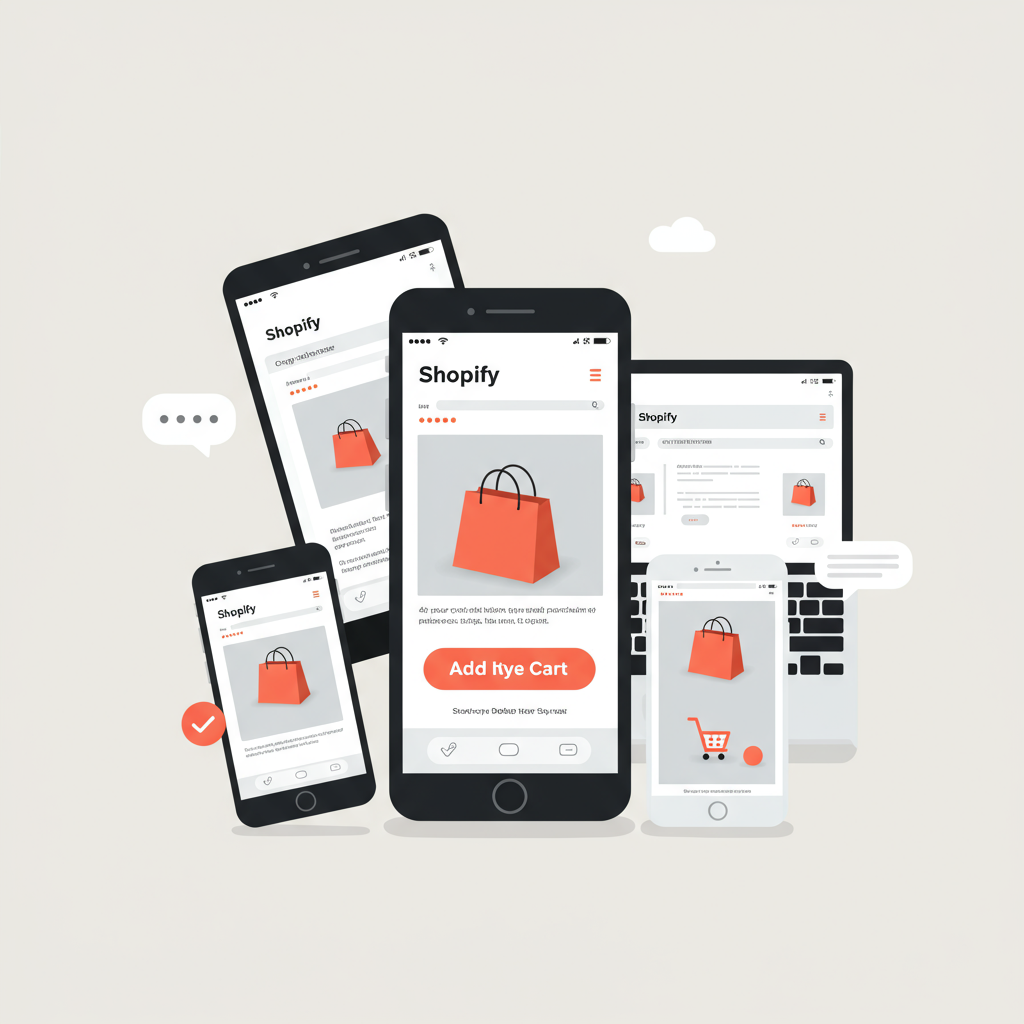Optimizing Your E-commerce Experience for the Modern Shopper
Hello fellow Shopify merchants! Today, I want to talk about something incredibly vital for your online success: designing a mobile-first Shopify store.
In our increasingly connected world, the smartphone isn’t just a communication device; it’s often the primary way people interact with the internet, including shopping.
I’ve seen firsthand how a poorly optimized mobile experience can tank sales, no matter how great your products are.
Conversely, a store meticulously crafted for mobile users can unlock significant growth and customer loyalty.
So, what exactly does “mobile-first” mean? It’s an approach where you design for the smallest screen first, then progressively enhance for larger screens.
This isn’t just about making your desktop site shrink; it’s about prioritizing content and functionality for the mobile user from the ground up.
My philosophy is simple: if it works beautifully on a phone, it will likely translate well to a tablet or desktop. The reverse is rarely true.
The first step in achieving this is selecting the right Shopify theme. Many modern themes are advertised as “responsive,” but true mobile-first goes deeper.
Look for themes that prioritize speed and clean layouts on mobile. Test their demos on your phone before committing.
Once your theme is chosen, image optimization becomes paramount. Large, unoptimized images are the number one killer of mobile load times.
I always recommend using Shopify’s built-in image optimization or a third-party app to compress images without sacrificing quality.
Next, let’s talk about navigation. On mobile, screen real estate is precious. Cluttered menus are a nightmare.
Implement a clean, intuitive navigation system, often a “hamburger” menu, that’s easy to tap and understand.
Consider sticky headers for important elements like the cart icon or search bar, making them accessible without constant scrolling.
Product pages are your conversion powerhouses. On mobile, they need to be concise and impactful.
Focus on high-quality product photos that load quickly and are zoomable. Keep descriptions brief, using bullet points for key features.
Your Call-to-Action (CTA) buttons, like “Add to Cart,” must be prominent, large enough to tap easily, and clearly visible.
The checkout process is where many mobile users abandon their carts. My advice? Make it as frictionless as humanly possible.
Enable guest checkout, offer autofill options for forms, and integrate popular mobile payment methods like Apple Pay or Shop Pay.
Minimize the number of steps required to complete a purchase. Every extra tap is a potential point of friction.
I can’t stress enough the importance of rigorous testing. Don’t just assume your store looks good on mobile.
Test it on various devices – different phone models, operating systems, and screen sizes. Use Shopify’s theme customizer preview or Google’s Mobile-Friendly Test.
Consider using Shopify apps specifically designed to enhance mobile performance, such as those for page speed optimization or mobile-specific pop-ups.
Finally, remember that mobile-first design is an ongoing process. Monitor your mobile analytics in Shopify and Google Analytics.
Pay attention to bounce rates, conversion rates, and time on page for mobile users. Use this data to iterate and improve.
What are your thoughts on the importance of mobile-first design for e-commerce? I’d love to hear your perspective.
Beyond the basics, you might explore Progressive Web Apps (PWAs) for an app-like experience directly from the browser.
For your blog content, consider implementing Accelerated Mobile Pages (AMP) to ensure lightning-fast loading times on mobile search results.
Even voice search optimization is becoming relevant. Think about how customers might verbally search for your products on their phones.
By embracing a mobile-first mindset, you’re not just adapting to current trends; you’re future-proofing your Shopify store.
You’re creating a seamless, enjoyable shopping experience for the vast majority of your potential customers.
This approach will lead to higher conversion rates, reduced cart abandonment, and ultimately, a more successful and profitable business.
So, take the plunge, optimize for mobile, and watch your Shopify store thrive in the palm of your customers’ hands.






